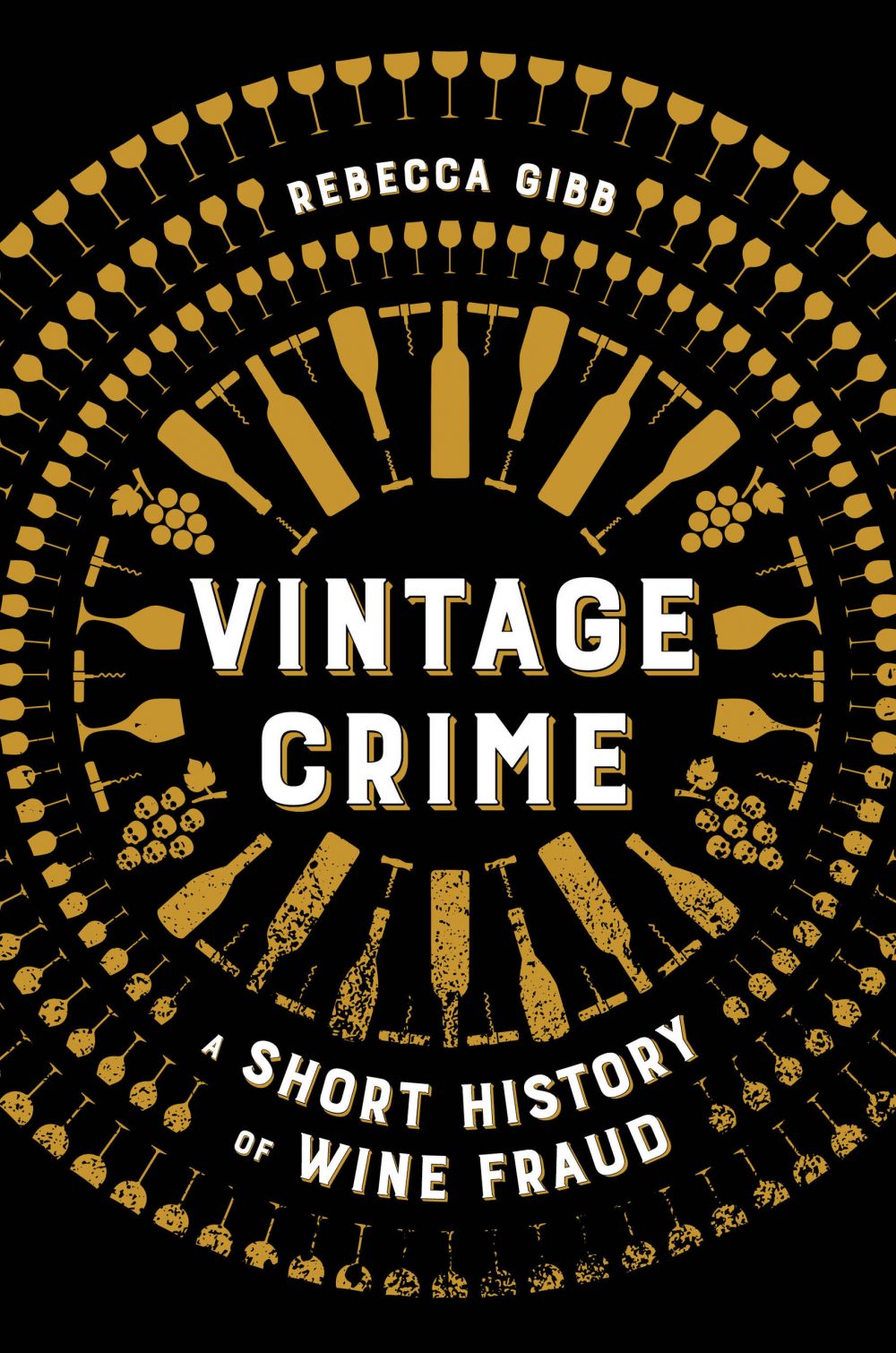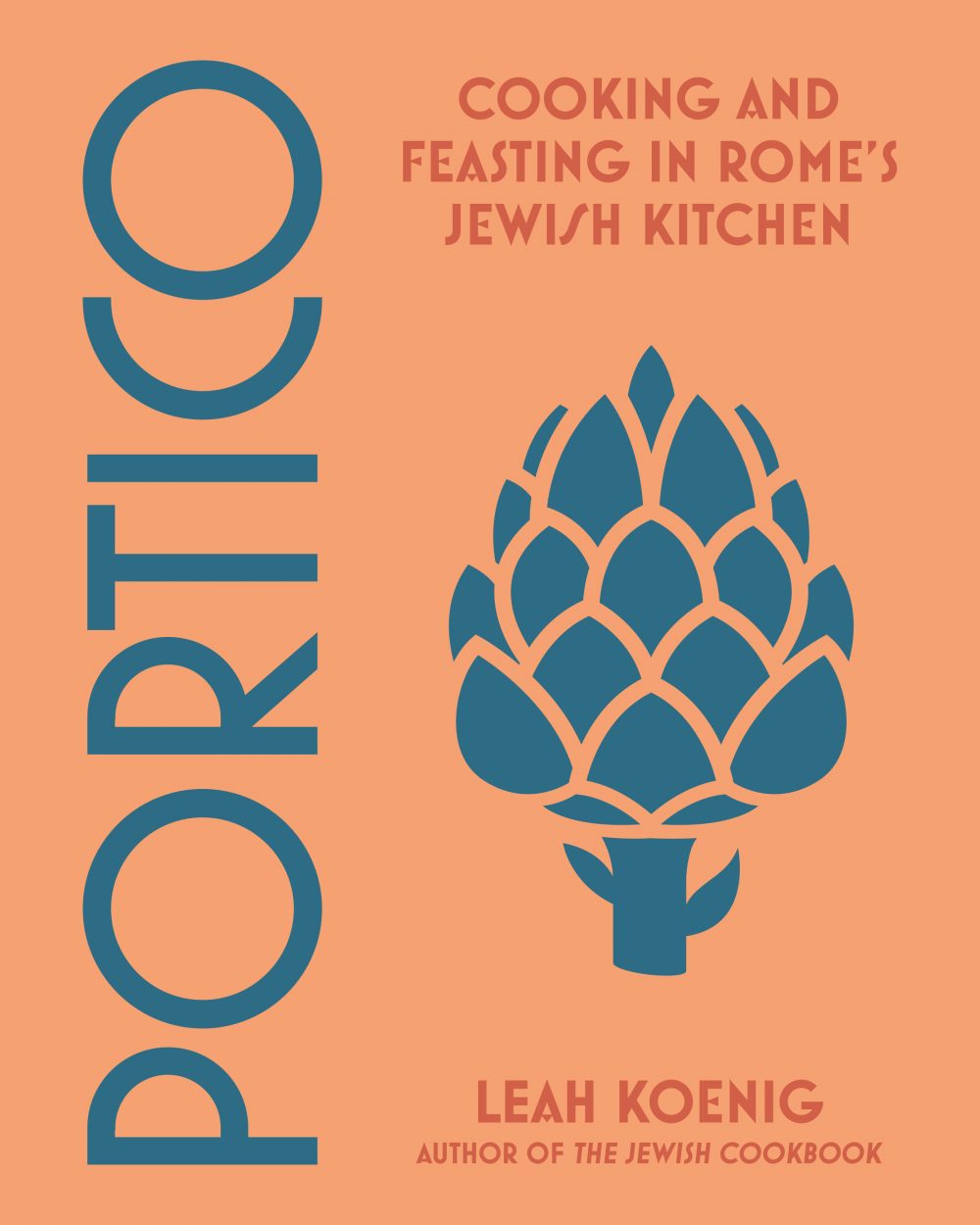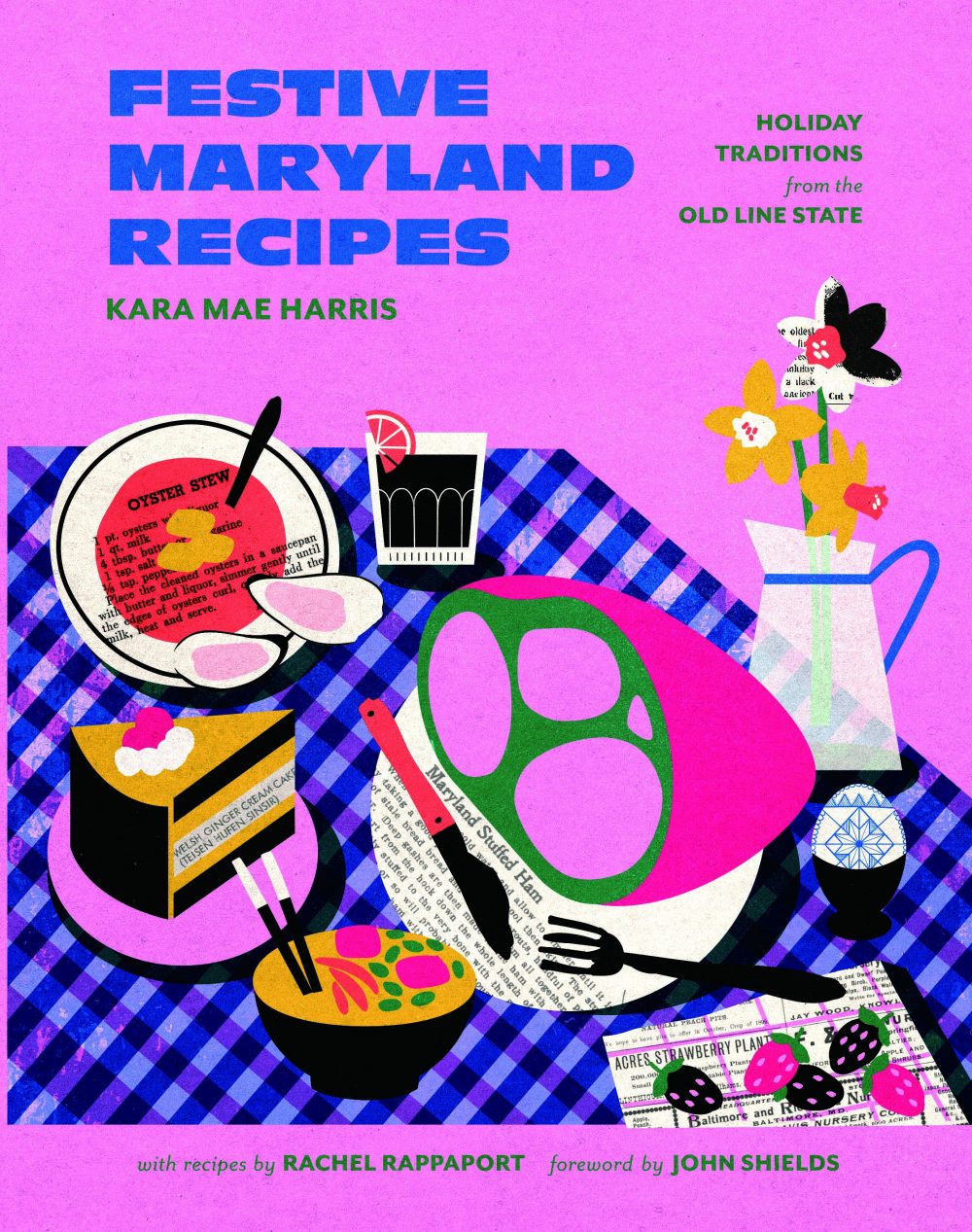Vintage Crime
By Rebecca Gibb
There are two types of wine fraud: Wine is adulterated, or lesser wines are passed off as more expensive bottles. Adulterated wine, a phenomenon as old as wine itself, has included ingredients such as marble dust, ox blood, ammonia and resin—even lead, a popular additive that turned sour wine “sweet and lovely.” And when aphids destroyed many European vineyards in 1868 and Champagne producers trucked in wine from cheaper sources, riots ensued. But adulteration was not always a bad thing. In imperial Rome, adults consumed one bottle per day, and drinking undiluted wine was considered barbaric. Instead, they added honey, mastic, saffron and dates to the mixture. Other recipes called for the addition of seawater, as well as herbs and exotic spices. In 20th-century America, cheap wines were often sold as more expensive bottles. In one famous case, Thomas Jefferson’s wines (“discovered” in a Parisian cellar) were debunked. When the FBI raided one wine fraudster in California, they found boxes of unlabeled wines, bags of corks, sealing wax and reams of fine wine labels. The problem is that, according to one study of more than 6,000 wine tastings, wine drinkers preferred cheaper wines to their expensive counterparts. Wine fraud is big business because most consumers cannot tell the difference.
Buy on Amazon
Portico: Cooking and Feasting in Rome’s Jewish Kitchen
By Leah Koenig
A few days after interviewing Leah Koenig, I found myself in Rome’s former Jewish Quarter at Yotvata, a restaurant she recommended, enjoying a first course of fried artichoke, the leaves as crisp and thin as potato chips. This dish tells part of the story of Jewish cooking in Rome—homes in the Roman Ghetto rarely had ovens, so deep-frying and stovetop cooking became an important part of the cuisine. The first influx of Jews into Rome occurred in the second century B.C.E., and the last was Libyan Jews, who emigrated in the late 20th century. In 1555, the ghetto was established. Though it was just 250 steps wide and 200 steps long, it housed 9,000 people. When the Papal States were consolidated into a unified country of Italy in 1870, the ghetto was disbanded. Many Jewish Roman recipes are well known today—ricotta cheesecakes were introduced by Sephardic Jews from Sicily. (I waited early one Sunday morning at Pasticceria Boccione, Rome’s oldest Jewish bakery, to buy one of their ricotta cherry cheesecakes—a massive masterpiece of dark, almost black crust.) Smashed chickpeas honored human beings as imperfect vessels striving to mend life’s broken places. And many of the other recipes are big winners as well: marinated dried zucchini, roasted tomatoes, turnip and rice soup, fried almond pastries, meatballs in tomato-celery sauce, brisket frittata and hamantaschen. Jewish Roman food is one of those culinary side streets very much worth our time and attention, and I will be cooking out of this book for some time to come.
Buy on Amazon
Festive Maryland Recipes
By Kara Mae Harris
This cookbook is a real treasure—it’s as if a team of first-class writers and designers got hold of a community cookbook and really did it right. It is also a bit of a hodgepodge, since it is difficult to easily define Maryland cuisine, given the diverse groups that landed there, from the Welsh and Germans to the Italians, Greek Orthodox and South Koreans. There are more than a few gems here, such as stuffed ham, roast turkey with sauerkraut, oyster stuffing, white potato pie, pudding cake, Cornish saffron bread, japchae (noodle stir-fry), kinklings (potato doughnuts), ginger cream cake, strawberry cobbler and spinach ricotta pie from Liguria. Whether you make any of the recipes or not, this book should be high on your gift list for anyone who loves culinary history.









